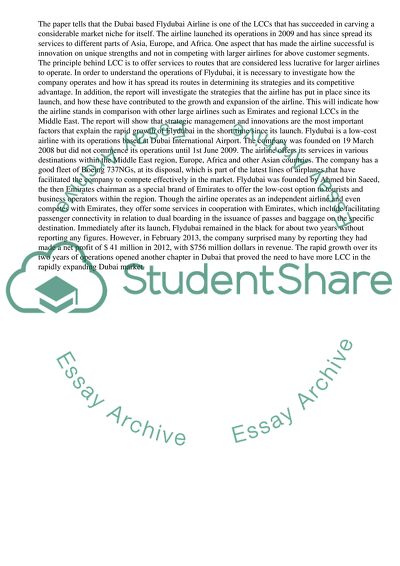Cite this document
(“How Does the Low Cost Carrier Flydubai Manage to Increase It's Market Research Paper”, n.d.)
How Does the Low Cost Carrier Flydubai Manage to Increase It's Market Research Paper. Retrieved from https://studentshare.org/business/1484354-how-does-the-low-cost-carrier-flydubai-manage-to
How Does the Low Cost Carrier Flydubai Manage to Increase It's Market Research Paper. Retrieved from https://studentshare.org/business/1484354-how-does-the-low-cost-carrier-flydubai-manage-to
(How Does the Low Cost Carrier Flydubai Manage to Increase It'S Market Research Paper)
How Does the Low Cost Carrier Flydubai Manage to Increase It'S Market Research Paper. https://studentshare.org/business/1484354-how-does-the-low-cost-carrier-flydubai-manage-to.
How Does the Low Cost Carrier Flydubai Manage to Increase It'S Market Research Paper. https://studentshare.org/business/1484354-how-does-the-low-cost-carrier-flydubai-manage-to.
“How Does the Low Cost Carrier Flydubai Manage to Increase It'S Market Research Paper”, n.d. https://studentshare.org/business/1484354-how-does-the-low-cost-carrier-flydubai-manage-to.


